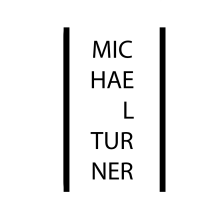We had privileged access to Book Designer Victoria Forrest in a group session. It was useful for me although I’m erring towards a handbound artist book dummy and an exhibition in a box, a repeat of a successful approach from tyhe summer exhibition.
So what was learned:
- focus on my DNA – I’d downloaded it pivoted it and searched it for transcription errors. It is an interesting error rate. There is some research out there about various diseases and these kinds of errors. My genome is good though as it is 99% shared with other human beings.
- there’s the work I mentioned before on making visuals from base-pair sequences. As mentioned, there is a legal requirement to look after the genome data for my own protection and that of my offspring. Dry data is a bit too graphic for my liking but can be made to work by skilful handling. I prefer it as a blank verso decoration. Too much of it will be samey or overwhelmingly and potentially take away from the visuals I reckon.
- develop an offshoot of an artistic work recombinant rhymes. My take is I’ve gathered all the words containing a letter A, C G and T (base pair letters in DNA) and pick salient words in pairs or threes to describe a context around the project (photography, Great War, etc. but the layout of a crossword puzzle element.
- don’t associate with the Berger quote I made for being too inflammatory. Very strange on a Visual Arts course that the subject of reversing Berger’s observation should seem difficult. Surely art should challenge its own foundations. There is nothing illegal that couldn’t be published and after all, why waste a founding pillar and key inspiration to my work?
What else?
- something on paper gsm was answered 300 gsm is too much and 175gsm is preferred
- mtDNA is something Victoria is comfortable understanding but leave it out in preference to using own genome work
- Victoria wanted to know details of my method of making. Seemed a bit cheeky a question in a public forum but unless the person you are working with really knows your work how can it be successful?
That was it in a nutshell, and very good considering five students were on in under two hours. Victoria must have been exhausted by us but thank you.


